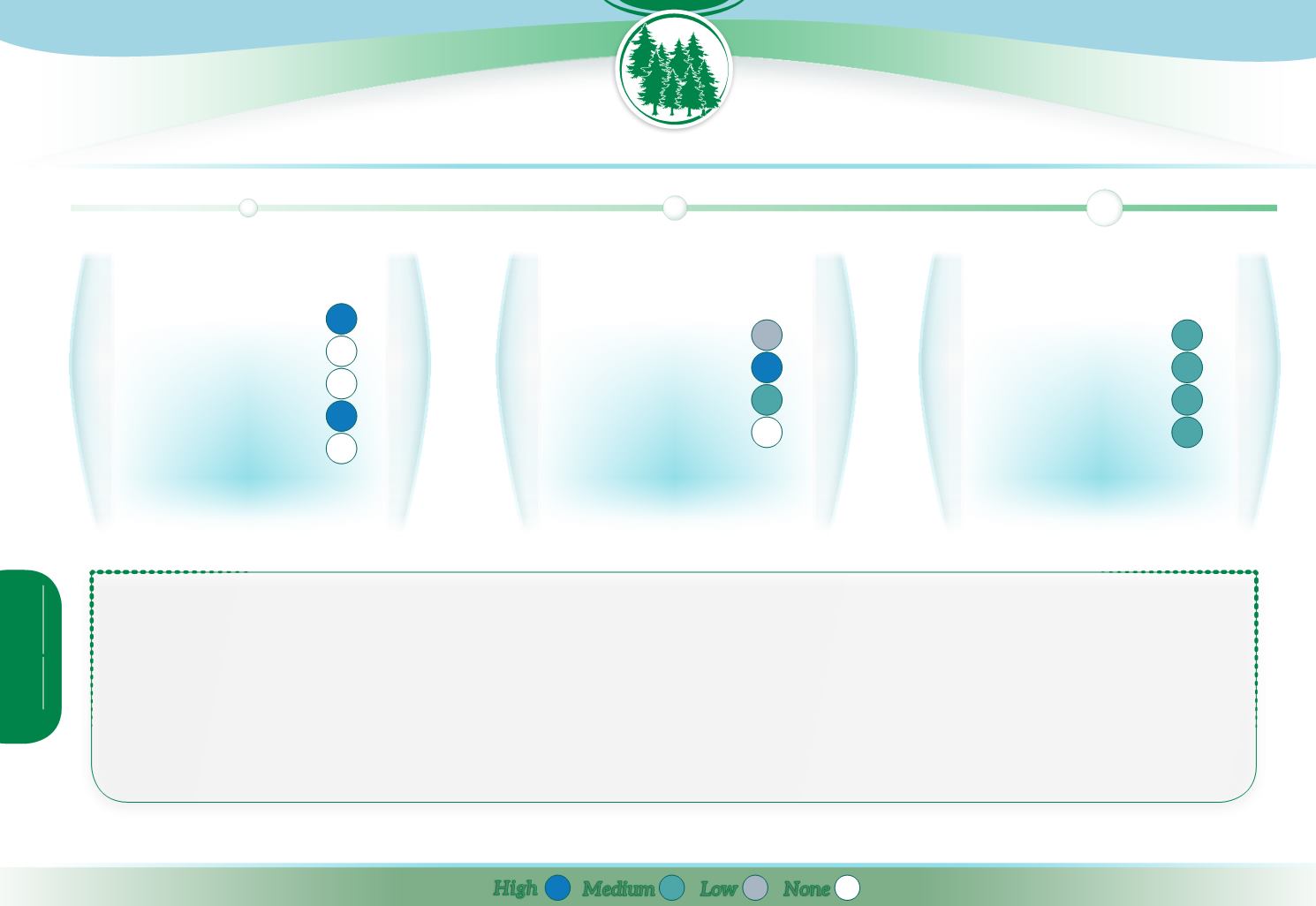
E
cosystem
servicesdelivered
Provisioning
Regulation & maintenance
Cultural
Abiotic
C
ontribution
topolicyobjectives
Water Framework Directive
Floods Directive
Birds & Habitats Directive
2020 Biodiversity Strategy
P
otential
biophysicaleffects
Runoff
Reducing pollution
Soil conservation
Habitat
Climate Change
High
Low
Medium
None
Coarse woody debris will
slow the flow
of small streams and rivers, providing increased storage of water in stream channels. However, the storage benefits are limited, with the
main benefit being the slowing of river water. As coarse woody debris reduces the height of
flood peaks
in smaller streams, it can reduce flow velocity across larger landscapes,
thereby contributing to a reduction in downstream flood risk.
Coarse woody debris increases the structural complexity of stream channels. This creates additional
aquatic habitat
in rivers and lakes, which can be important for both fish
and aquatic invertebrates. Coarse woody debris that is both in the water and on the banks can also improve
riparian
habitat by providing dead wood and additional habitat
structure. Therefore it can be an important contributor to biodiversity preservation in small streams and has the potential to improveWater Framework Directive biological quality
elements in downstream waterbodies (as it provides refugia in the small streams used by juvenile fish).
Improved habitat and greater biodiversity may improve angling opportunities, thereby contributing to enhanced
recreational
opportunities. Coarse woody debris could be
problematic for navigation under some circumstances.


